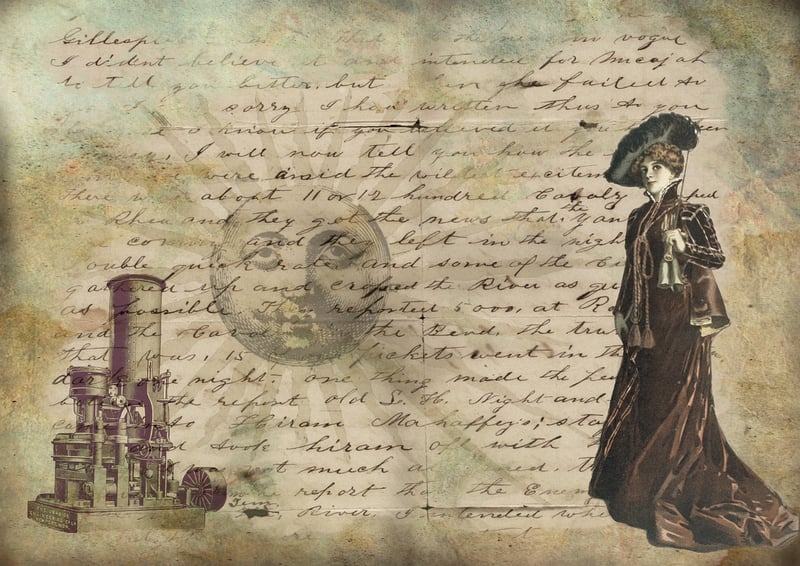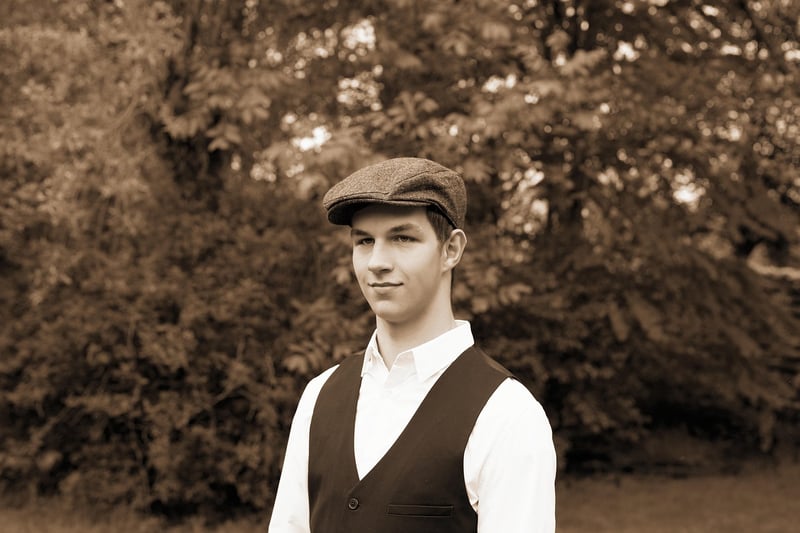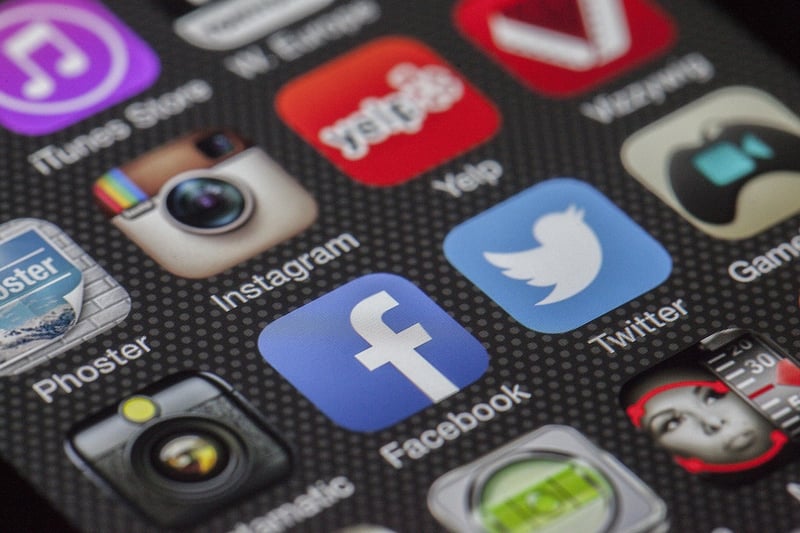Historical Etiquette
Navigating Time Safely: Understanding Historical Etiquette
As we journey through time, it's essential to understand the nuances of historical etiquette to navigate various eras gracefully. Etiquette, the customary code of polite behavior in society, has evolved significantly over the centuries, shaping interactions and social norms. Let's explore some key aspects of historical etiquette and how they can still be relevant today.
The Victorian Era: Elegance and Formality
In the Victorian era (1837-1901), etiquette played a crucial role in defining social status and relationships. Proper behavior, dress codes, and manners were highly emphasized, reflecting an era of elegance and formality. For example, men were expected to tip their hats as a sign of respect when greeting a lady, and women had to follow strict rules of modesty in their attire and conduct.

Key Etiquette Lessons:
- Practice good grooming and maintain proper posture.
- Respect personal space and avoid loud or boisterous behavior in public.
- Learn the art of polite conversation and active listening.
The Roaring Twenties: Flappers and Jazz
The 1920s marked a period of liberation and change, especially for women. The "flappers" of the Jazz Age challenged traditional norms with their short hair, bold fashion choices, and carefree attitudes. Etiquette in the Roaring Twenties embraced a more relaxed and modern approach, emphasizing independence and self-expression.

Relevant Etiquette Tips:
- Embrace individuality while respecting others' boundaries.
- Stay updated on current events and cultural trends for engaging conversations.
- Express gratitude and appreciation for acts of kindness or hospitality.
Modern Etiquette: Adapting to Changing Times
In today's fast-paced world, etiquette continues to evolve with technology and social dynamics. While some traditional manners remain timeless, new challenges such as digital communication and remote work require updated etiquette guidelines. Balancing old-world charm with contemporary sensibilities is key to navigating social interactions effectively.

Tips for Modern Etiquette:
- Practice digital etiquette: use proper language and tone in online communication.
- Respect diversity and inclusivity in all interactions.
- Stay punctual and considerate of others' time in professional and personal settings.
By understanding and appreciating historical etiquette while adapting to modern norms, we can navigate time safely with grace and respect for others. Let the lessons of the past guide us in creating a more courteous and harmonious future.
